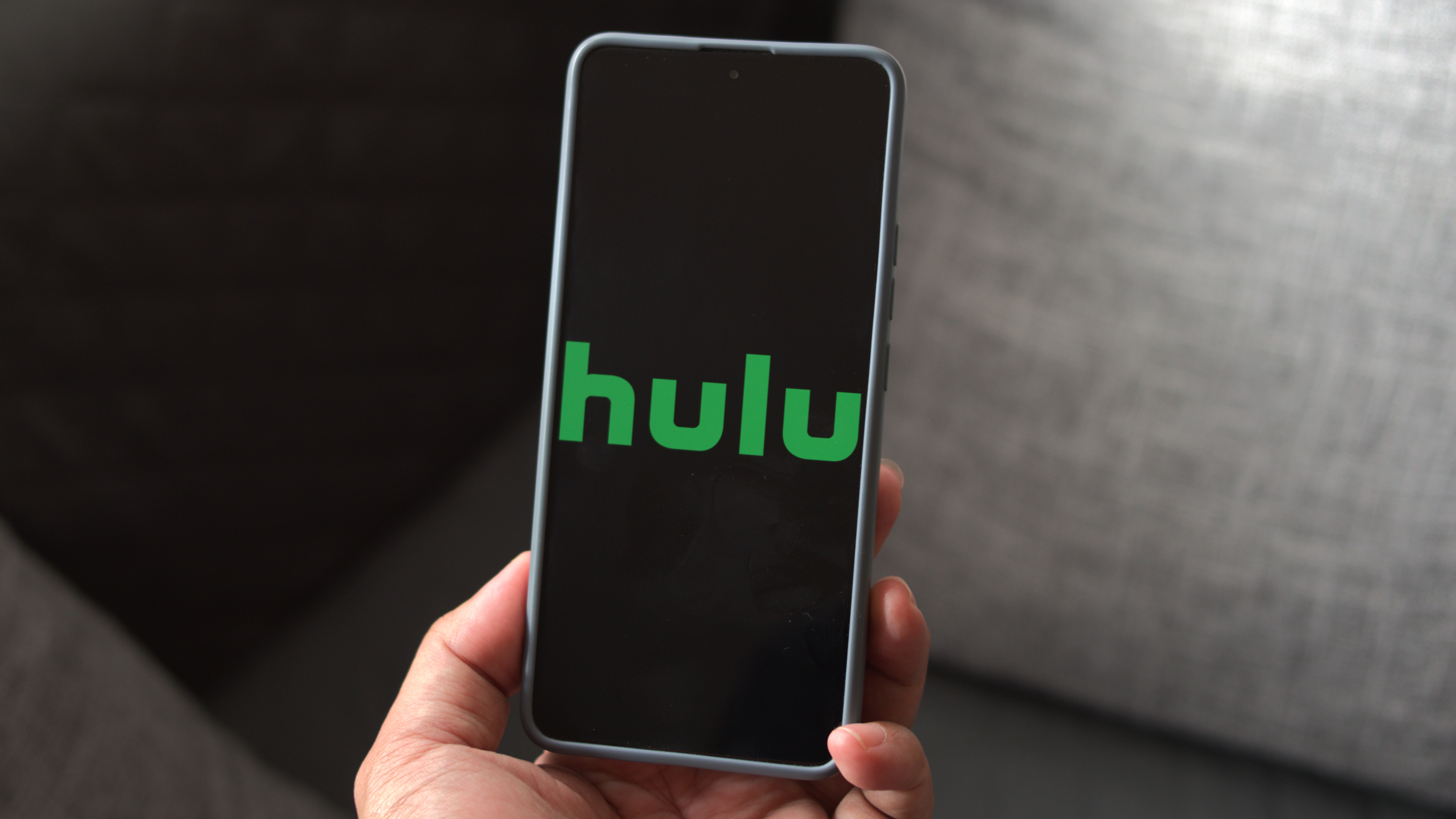From the desk of a different editor: Welcome the 'new' Android
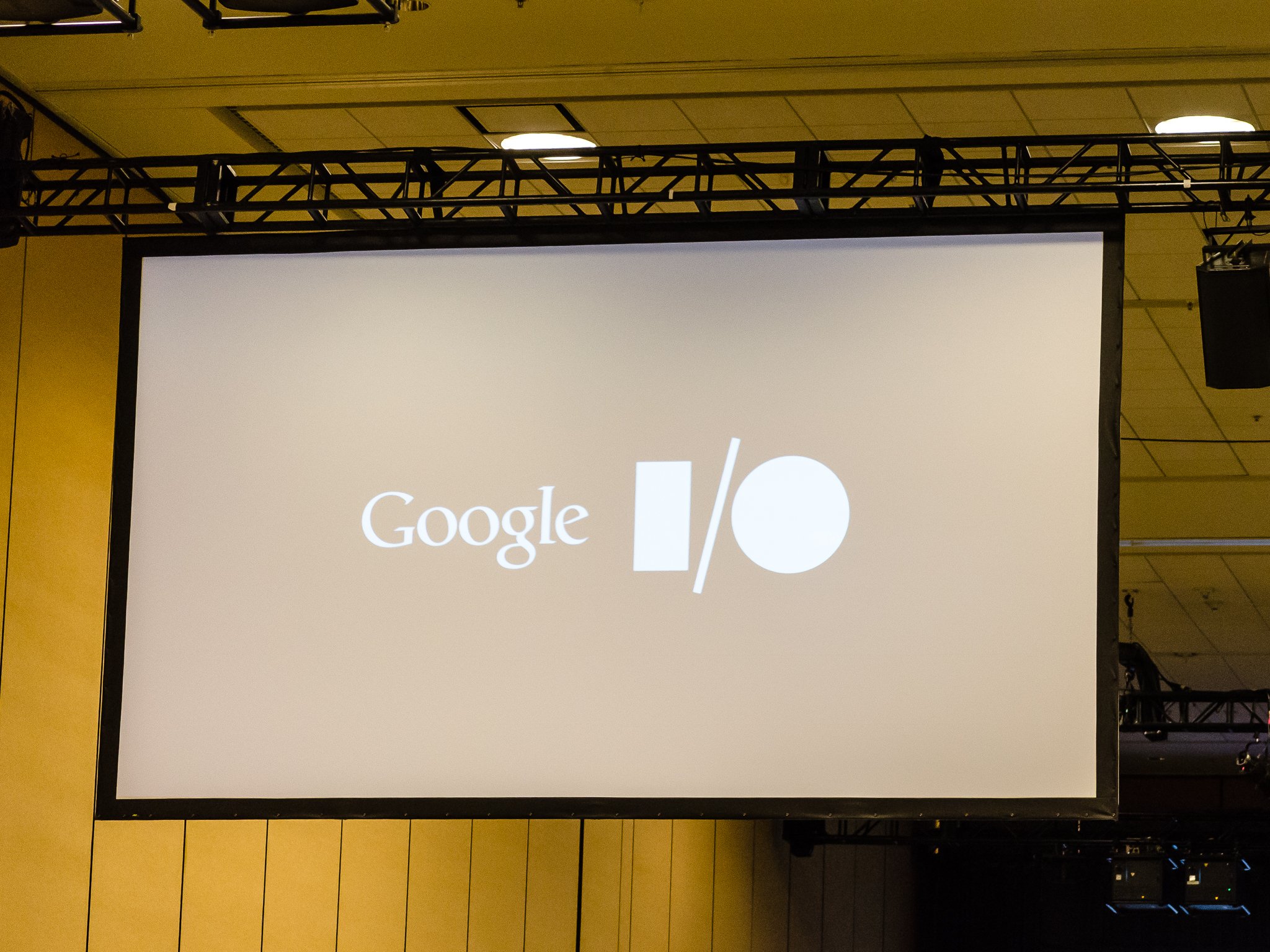
Android is getting more than a face-lift, and I think we're all going to love it
I love being able to go to Google I/O each year. It's a perk that shines like a diamond amongst all the headache and stress that comes with every job, and a highlight of every year. Going to I/O not only sends us home as better Android bloggers, but on a personal level it gets me excited to see and talk with all the developers — both big names and independents — that will make the future of mobile and Android in particular even better. After this year, I know we're all going to be amazed at what's in store.
The keynote (as always) was incredible and seeing the new devices was exciting, but that was just the frosting on the cake. The real delight was seen in the individual developer sessions, especially (to me, anyway) the new Material Design-focused meetings. Be sure to watch the replays on the Google Developer YouTube channel to see all the whys and hows, but I want to talk about what the videos won't show you — the passion in the audience.
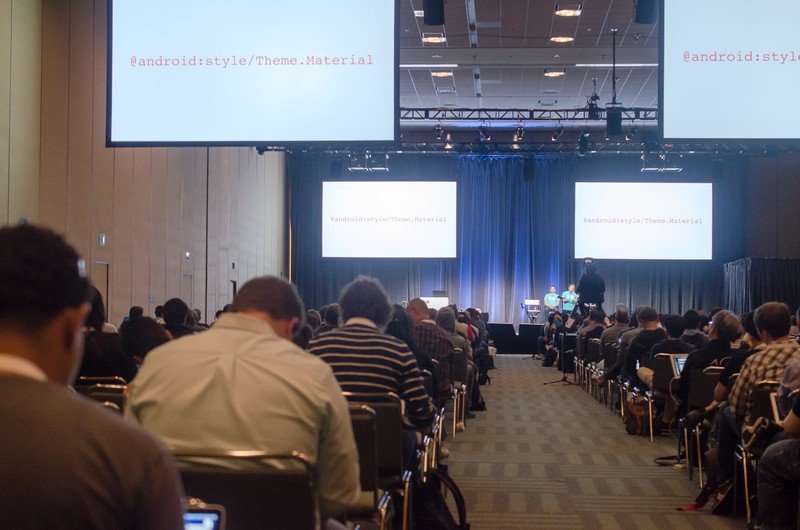
Every session I attended was pretty much a standing-room-only affair. In a room packed with hundreds of Android developers, the excitement of it all is something you can actually feel. People rush in as soon as the doors are open to get a good seat, and the happy chatter is a mix of how great the last session was, or how cool our new app will be using what we are learning. The air is alive with good vibes and positive energy. People (myself included) are delighted to be there and receptive to everything they're seeing and learning. It's deep, and if you're a fan of technology it touches you. It's hard to describe without sounding a little new-age and spiritual. Being there in the middle of it all is like a technology Nirvana where your sense of self is incorporated into something bigger. And when the lights dim and the presenters start to teach, the room turns into a giant collective sponge.
These are the people who are going to bring you the new Android. And it's going to be incredible.
Being in the middle of it all is like a technology Nirvana.
Android has always been one of the most powerful operating systems available. From the beginning, the people behind the project have treated data as data, knowing that sharing said data in a safe way makes an experience that no other mobile OS could offer. Android acts more like the operating system on your desktop or laptop than one on your old smartphone. This is where Android excels, and what allows something like Google Now to happen. I'm not sure when the idea of Google Now was born, but I do know that only Google and Android could have made it happen.
As Android matured, things became even better with the way information was used. There are valid privacy concerns with what Google is doing with all the data it collects about you (though for the most part the process seems benign and transparent) and it's understandable that some folks don't want to be a part of it all. By now, hopefully those people have realized that Android is not for them and have found something more suitable that makes them happy — there are other great options to explore. There will be new privacy concerns as new ideas come out of Mountain View, and we'll all have to deal with them as they arise. But for those of us who are OK with the way Google reads us and what they offer in return, Android keeps getting better and more powerful. Telling me how long it takes to get to my favorite watering hole simply because it's Friday night is an example. So is telling me that my flight is on time and that I need to be at the gate by 9:20. Other companies see the value in this and are working on their own ways to become part of your life, and the competition is going to get even more fierce. This is a good thing. It makes more people more satisfied, and forces all the companies to step up and do things better. And that's what Google is doing with the next version of Android — making it better.
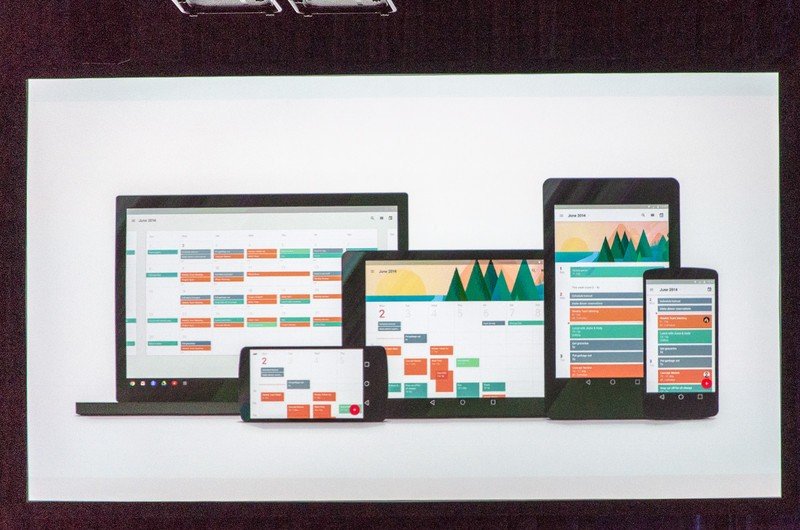
The "new" Android will offer all the same things the old Android does, but in more places and with a common design. This has been Android's weak point since the beginning. Froyo was a hint that the developers knew that it takes more than powerful underpinnings to make a world-class operating system. The changes under the hood to Dalvik that presented things to the user faster and smoother were game-changers for Android, and shows that someone in charge knew where we had to be in the future. With Ice Cream Sandwich, we saw that Google knew that a better designed way to present this to the user was important. With the L release, we're going to see how the new Android takes all of this and makes it beautiful.
Get the latest news from Android Central, your trusted companion in the world of Android
The Material Design philosophy is the culmination of every bit of work that has went into Android design in the past. We've seen the changing previews in the last year in apps like Gmail and Google+, and as they have evolved we get closer and closer to a common design language that not only works on all the screens in your life, but works really well. Cards, and colors, and animations are coming together to build something that works on any device, with any scheme for physical controls, and at any size. And this isn't just a guess. We can see it in action on the Android Wear devices and the Android TV devices that Google handed out the the developers that soaked in all of this in the developer sessions. Things are never final, but we have the framework for the future in our hands and on our wrists. And it works.
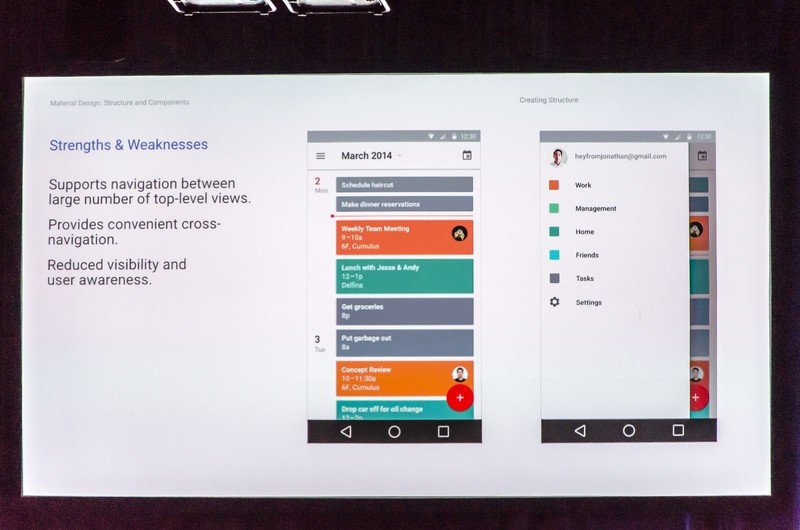
The Material Design philosophy is a culmination of Android's past
Google is also prepping the tools that all these developers need to make their apps fit right in to this common design with Android Studio, and it's easy to see they are serious about wanting developers to be able to get it right. The cheers that erupted at every bullet point in the sessions about the new Android development tools were because Google is providing ways to make development more about the content, and less work at the design. In the past, developers had to spend too much time drawing layouts and a user interface. This was time taken away from sorting out algorithms and brilliant ways to deliver application content, which increases development costs and commitment. The new tools not only make development easier, but also make following Google's strict guidelines easier. Not everyone will follow these guidelines, and we will always love Google's open way of allowing developers to design and distribute their apps through Google Play, but more developers will follow them now that they are easier to implement, and that means we all have more and more apps that look like they belong. It means a big design change for most app developers — ourselves included — and it won't happen overnight. But it will happen, and apps that carry the same feeling as the rest of Android will rise to the top of Google Play. Once you use an app that's the same on all of your screens you won't want to go back.
It's not just me who sees this, either. I spent a good bit of time talking to developers at Google I/O, and the feeling amongst them all was the same. These new tools and the new features are going to have a major impact on the way we use our devices and the apps that run on them. Developers from Samsung and LG were excited about how they can incorporate all of the new features and layouts into their own versions of Android and their applications. Smaller development houses and independent developers were ecstatic with the new Android Studio and how it will help development times and costs, as well as the way they can compete with the big names using a beautiful new design language. The guys hard at work behind some of the big names in mobile apps already have ideas how to use the new features in innovative ways to make the apps we all already use even better. these are the people that will make the "new" Android the best Android. Jean-Baptiste Quéru, a former Googler who's now at Yahoo!, described it to me as the third generation of Android, where the foundation can be used across multiple devices in a consistent way. He's excited about what Yahoo! and everyone else can do with everything we have seen at Google I/O this year. And so am I.
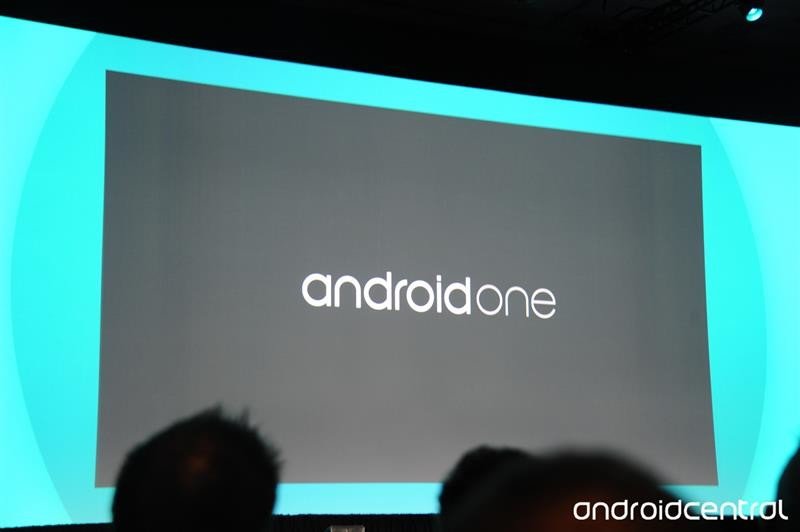
There's one more piece of the puzzle we can't forget, and that's Android One. All the above is for naught if there is no way to get devices into the hands of the people that want and need them. While Android One may be a method to get the next billion connected, it also offers a consistent experience overseen by Google themselves while doing so. Devices that run Google's software well, like the Moto G or Moto E, will no longer be an outlier. This, in turn, will help the big names in device manufacturing improve their entry-level experience and sluggish cheap phones that ran poorly will become a thing of the past as users choose the better option. Everyone deserves a top-notch experience on their smartphone, and I believe we're all about to get one — at every price point.
Everything we saw and learned at Google I/O was to build the future. A lot of it will change and iterate, and there will be snags along the way, but the new Android is going to be a wonderful thing.

Jerry is an amateur woodworker and struggling shade tree mechanic. There's nothing he can't take apart, but many things he can't reassemble. You'll find him writing and speaking his loud opinion on Android Central and occasionally on Threads.
